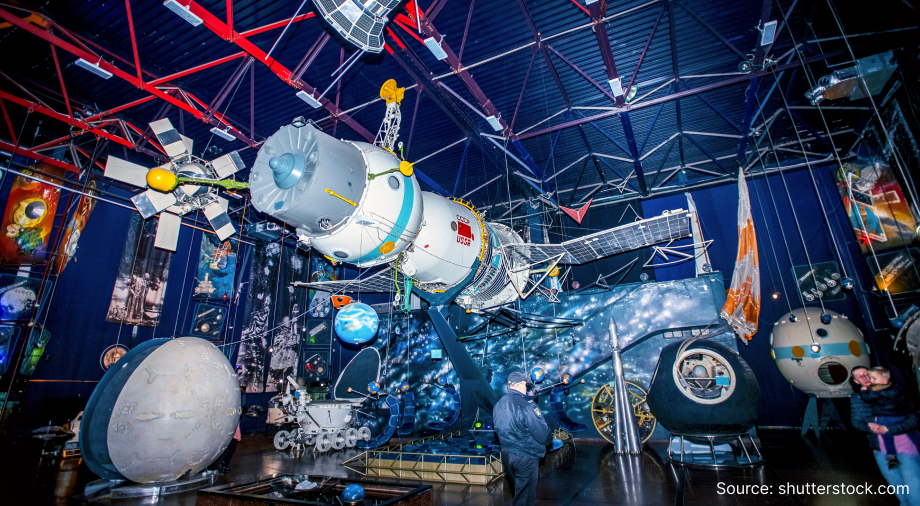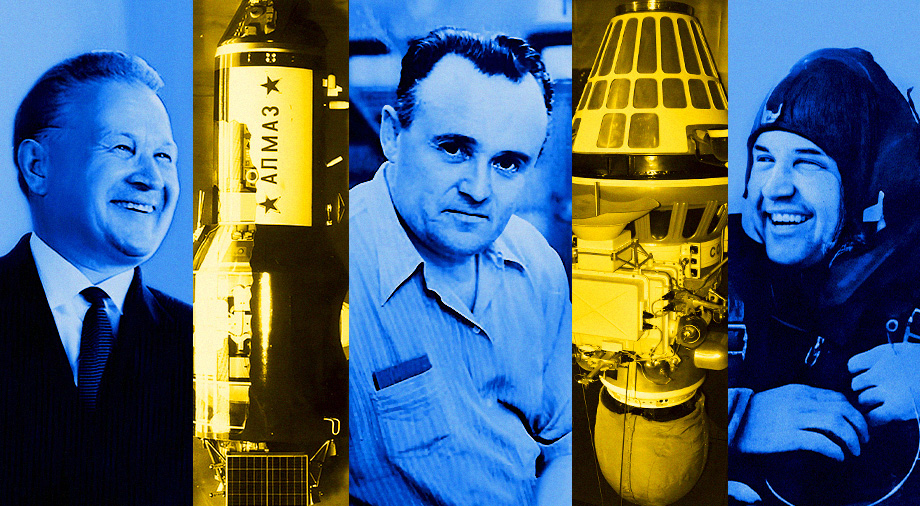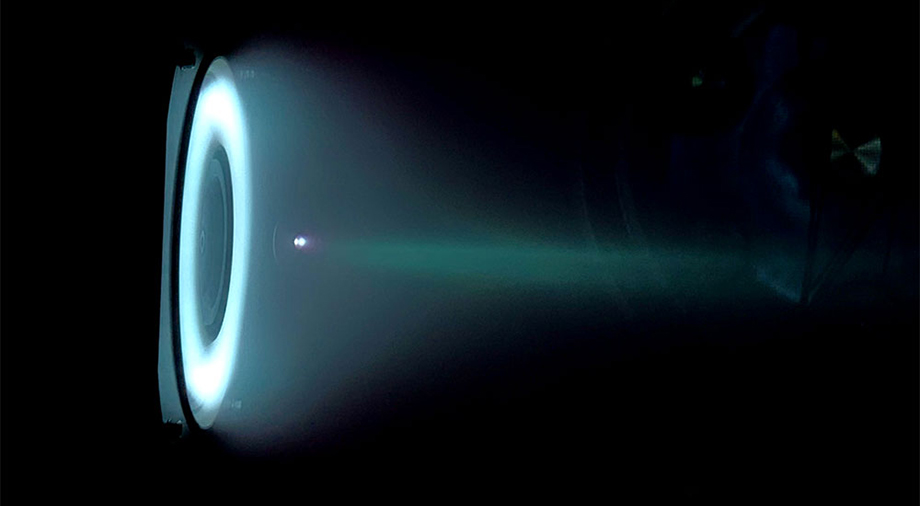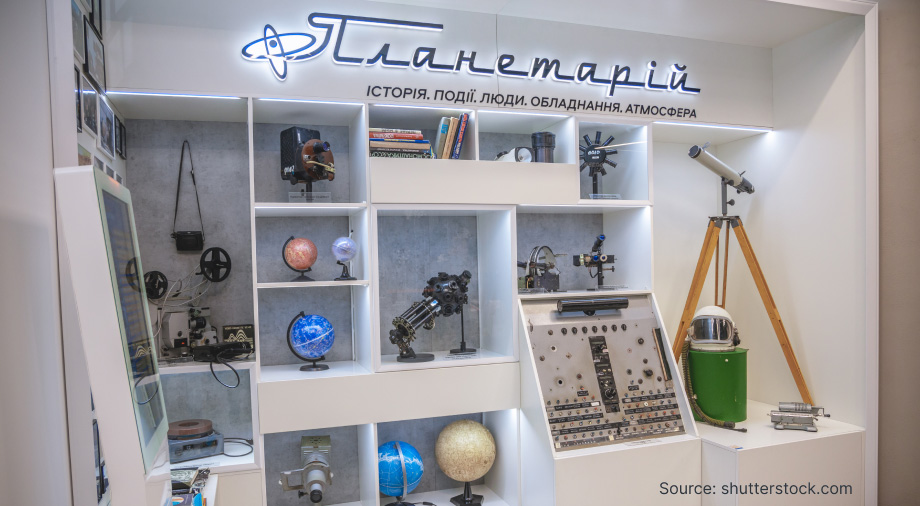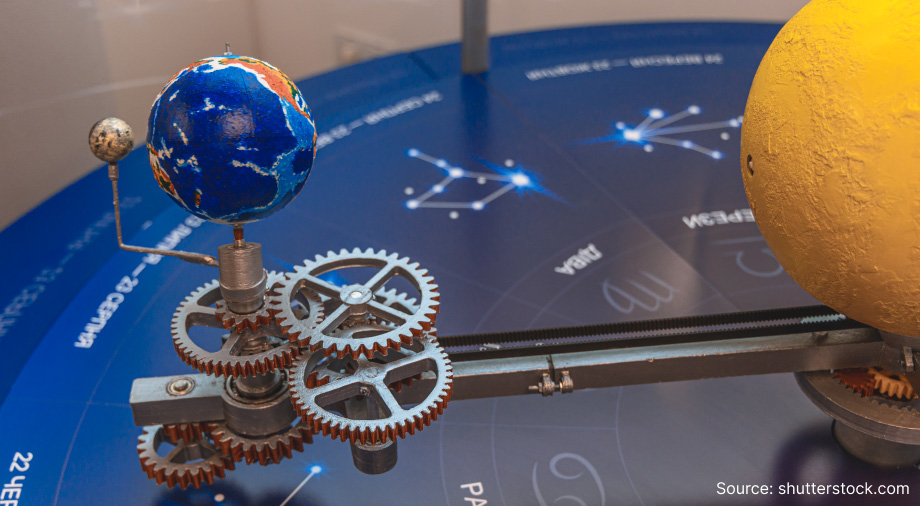Ukraine has a long, fascinating, and sometimes overlooked history in the fields of aerospace engineering and cosmonautics. Even before the Soviet period, Ukrainian inventors were making key advances in aerospace research and technology. Later, Ukrainian scientists, designers, cosmonauts, and rocket-building industries were key to the success of the Soviet space program.
Today, the public can visit many museums devoted to the history of Ukrainian contributions to space exploration, and can view numerous fascinating exhibitions of launch vehicles, engines, and other technology, as well as equipment used by cosmonauts. Here, we will discuss some of Ukraine’s aerospace museum “stars!”
The Dnipro Educational and Exhibition Complex at the National Center for Youth Aerospace Education
Since the 1950s, the Ukrainian city of Dnipro has been at the center of Ukraine’s aerospace industry. It was here that, in 1951, Plant No. 586 was opened for the purpose of producing ballistic missiles. Fifteen years later, the factory would be reorganized as the Special Design Bureau, later becoming known as the Southern Design Bureau
Given this history, it is not surprising that the first museum in independent Ukraine devoted to rocket and space technology was opened here in 1996, in affiliation with the National Center for Youth Aerospace Education.
The museum is divided into two main exhibitions. The first, which is dedicated to two important engineers associated with the Southern Design Bureau, Mykhailo Yangel and Oleksandr Makarov, focuses on the people associated with Ukraine’s contributions to the space program. The second exhibition, which is located in the inner halls of the museum and in its courtyard, is devoted to rocket and space technology.
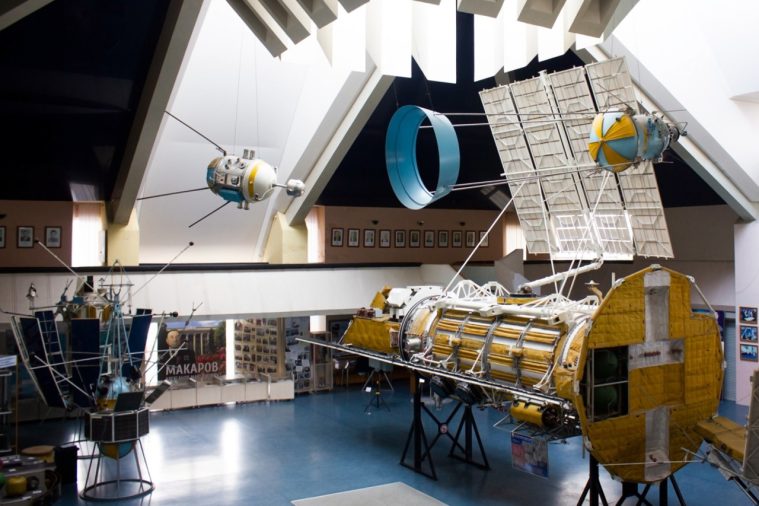
Visitors to the museum can learn about the whole history of rocket development, beginning with the first German-made rockets like the notorious V-2 and ending with more modern ballistic missiles like the P-36 “Satan” and the S-200 air defense system.
Overall, the museum boasts more than 1,500 exhibits, among which are various space launch vehicles and exhibits featuring different rocket components, jet engines, fuselage parts, spent rocket stages, and more. Furthermore, in the main hall visitors can also see a number of satellites that have been used for various purposes.
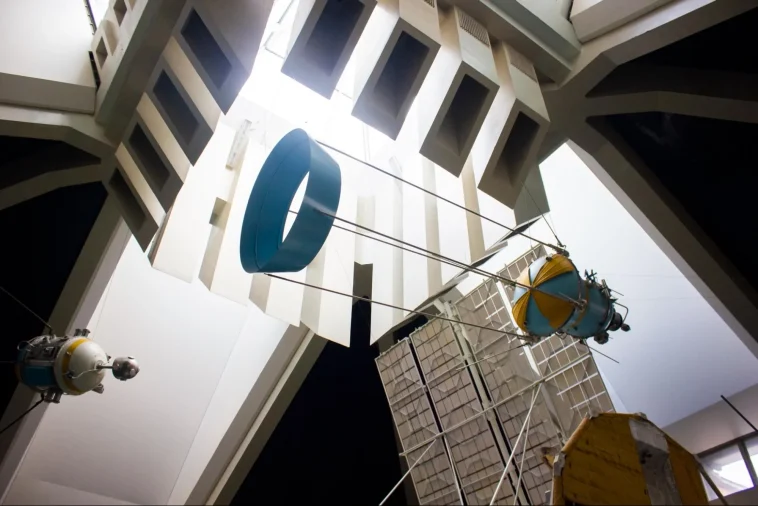
Importantly, the Dnipro Aerospace Museum is also constantly working on new and interesting programming aimed at fostering public interest in astronomy and aerospace. Of particular note in 2024 are the upcoming “Cosmic Horizons” practical science internet conference, the “We Are Children of the Galaxy” computer technology competition, trivia contests on the Brain Ring platform, and astronomy-themed art and photography competitions. There will also be educational classes in which aspiring scientists and engineers will be encouraged to explore and develop their interests from an early age, the hope being that they will later enter the field of aerospace research and design.
Every year, the museum averages more than 25,000 visitors, as well as up to 850 students, who always enjoy attending the museum’s educational programs and courses.
You can visit the museum, which is located at 26 Nauky Avenue in Dnipro, on weekdays from 9:00 a.m. to 5:30 p.m. The museum is also free for visitors on Tuesdays and Thursdays from 2:00 p.m. to 4:00 p.m.
The Poltava Museum of Aviation and Cosmonautics
The first space museum in Poltava opened in 2001, when the Poltava Museum of Aviation and Cosmonautics opened its doors. The museum was founded in the late 1980s on the initiative of Valentin Petrovych Glushko, an eminent rocket engineer from Odesa.
It took fourteen years for the museum’s collection to be assembled, and, unfortunately, Glushko did not live to see its grand opening. But, for the public, the wait was worth it: the museum now contains more than 4,000 pieces situated in six exhibition halls, each of which depicts a different period in the development of Ukrainian cosmonautics.
The first hall covers a period that begins with the early theorists and ends with the first satellites and Ukrainian-designed space launch vehicles. Notably, part of the ceiling is decorated with a fragment of the Polish astronomer Jan Hevelius’s famous “Star Atlas,” created in 1690, depicting the zodiac circle of twelve constellations.
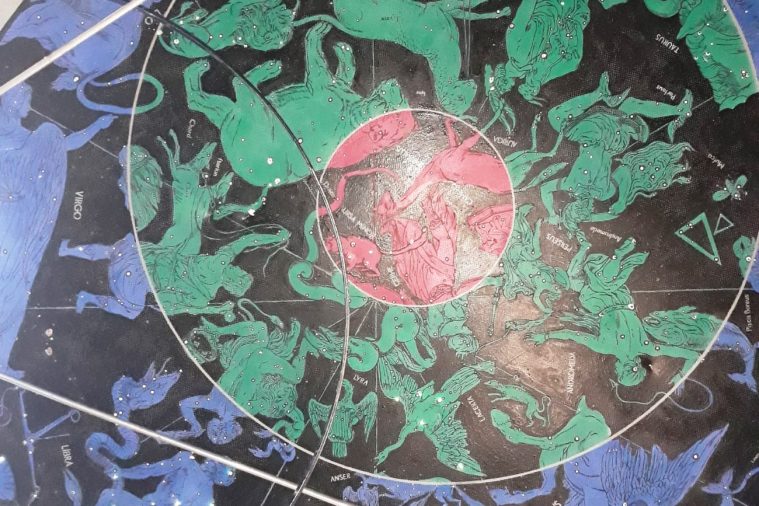
The first hall also contains an exhibit outlining Ukraine’s role in the construction of the water-based “Sea Launch” platform, from which dozens of Ukrainian-made Zenit-3SL rockets have been launched since 1999. There is also a model of the world’s first artificial satellite, the PS-1, better known as “Sputnik,” which was built under the supervision of the Ukrainian engineer Serhii Pavlovich Korolev.
The second hall contains exhibits related to various pioneers of Ukrainian origin (and from Poltava specifically) in the fields of aviation and rocketry. Visitors, for example, can learn about Oleksandr Zasyadyk, a native of the Poltava region, who, at the beginning of the 20th century, conducted important research into rocket technology. The results of his work were the first domestically-produced rockets used by the Russian imperial army in the early 20th century. Also featured are Oleksandr Kovanka, who was instrumental in the construction of the first combat airships, and Hleb Kotelnyk, who invented the first backpack parachute, which has saved countless lives worldwide.
The third museum hall, which is called “Star Trek to the Moon,” is dedicated to the study of Earth’s only moon. Here, the public can learn about the life of Oleksandr Shargei, who, after the October Revolution was forced to live under an assumed name in order to avoid arrest and persecution by the Bolsheviks. In 1929, working under the name Yuriy Kondratyuk, he published his famous theoretical work, “The Conquest of Interplanetary Spaces.” Despite the fact that it would be another forty years before humans would first land on the moon, NASA scientists nevertheless relied on some of Kondratyuk’s ideas when they were planning the legendary Apollo-11 mission.
The fourth hall, meanwhile, covers a century of aviation history in Poltava Oblast. It was there, for example, that the first aviators’ club was founded in 1910. This club was later supplemented by the Poltava Flight Training School, which was founded in the city at the end of the 1920s. The exhibition also features large-scale models of various airplanes, including military tactical and strategic aircraft, as well as information about the lives of the people connected with them.
The fifth hall is devoted to the numerous rocket and missile systems that were employed by the Soviet military, beginning with the famous BM-13 rocket salvo system, better known as “Katyushas.” The history of Soviet rocket and missile weapons would not be complete without a mention of Volodymyr Chelomey, a designer and engineer who lived and studied in Poltava from an early age. Chelomey later became the inventor of the “Chelomey” cruise missile, which was used extensively by the Soviet navy. He was also instrumental in the design of the “Proton” launch vehicle, the UR-500 intercontinental ballistic missile, and the “Almaz” orbital station, which would later become an integral part of the Soviet “Salyut” space station program.
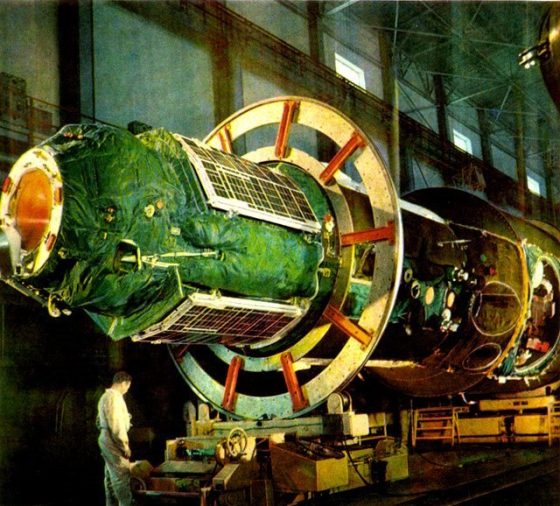
Finally, the museum’s sixth hall explores Ukrainian achievements in modern aviation and cosmonautics, including many exhibits dedicated to cosmonauts in the second half of the 20th century. One featured exhibit, for example, describes the life of Poltava resident Georgy Berehovoy, who began his journey as a cosmonaut in the 1960s and who was the first person to make a completely accident-free trip in the Soyuz-3 spacecraft.
Here, visitors can also see fragments of equipment used in outer space, part of the “Orlan” spacesuit used during spacewalks, a sample of a high-altitude rescue suit, household items belonging to Soviet cosmonauts in the 1970s and 1980s, and even food rations provided to crews on the orbital space station.
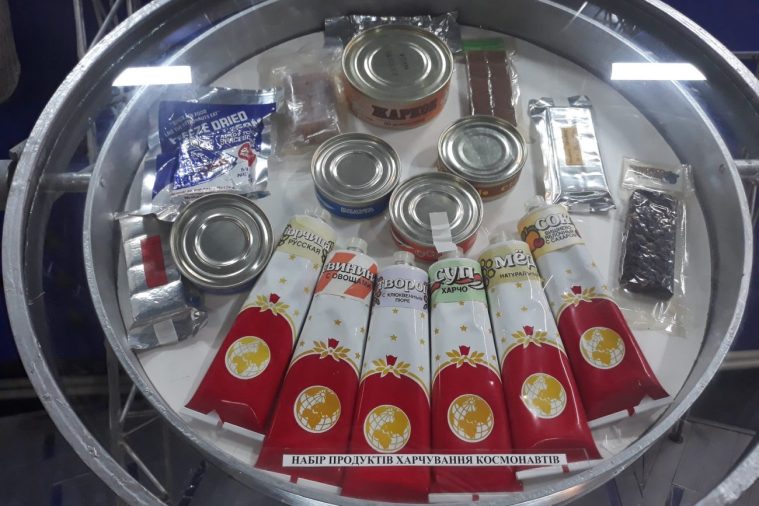
Importantly, the Poltava Museum archives also contain more than 10,000 documents that provide valuable insight regarding even the smallest details of the lives of aerospace engineers and cosmonauts.
The museum building itself, which was built at the end of the 19th century and once housed a fire department, has also been included on the List of Architectural Monuments of National Importance of Ukraine.
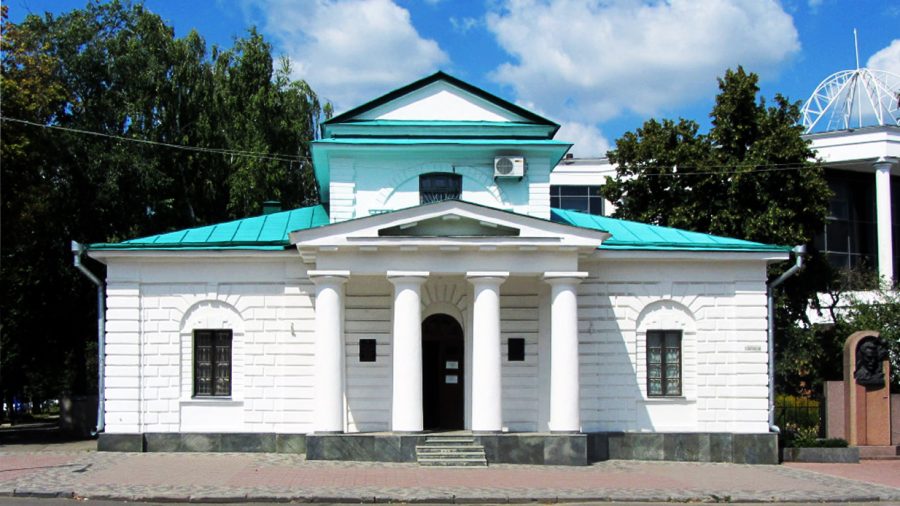
While Russia’s invasion of Ukraine has unfortunately necessitated certain adjustments to its chedule, the public can still visit the museum, which is located at 16 Pershotravnevyi Prospect in Poltava. Information about upcoming events can be found at the museum’s official website. Furthermore, a virtual tour, which allows patrons to visit the museum halls without leaving home, is also available for those who are unable to make the trip to Poltava… but we still think it’s best to see this amazing collection with your own eyes!
S.P. Korolev National Museum of Cosmonautics
The S.P. Korolev National Museum of Cosmonautics, located at 2 Dmitrivska Street in Zhytomyr, is dedicated to the work of Serhii Pavlovich Korolev, a Zhytomyr native whose contributions to the development of cosmonautics is nearly impossible to overstate.
The museum itself is quite noticeable from a distance, owing to the towering presence of an R-12 medium-range ballistic missile (known in the West as the SS-4 “Sandal”), which stands at nearly twice the size of the building itself.
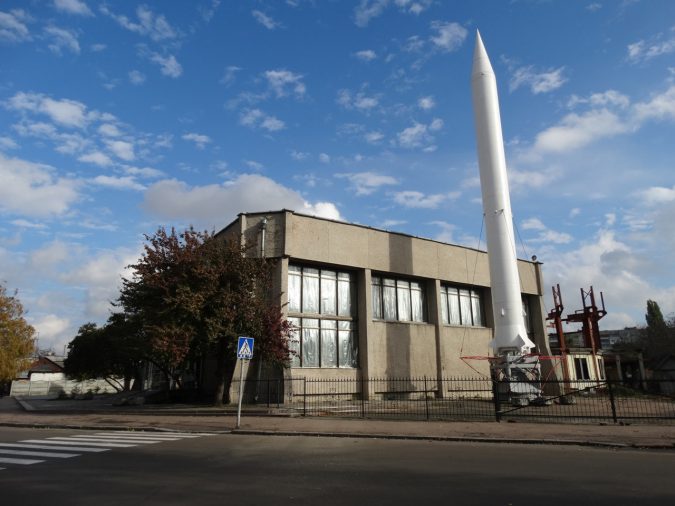
Additionally, an R-5V single-stage liquid rocket, a modified version of the Soviet R-5M medium-range ballistic missile used for geophysical research, can be found in the courtyard near the museum entrance.
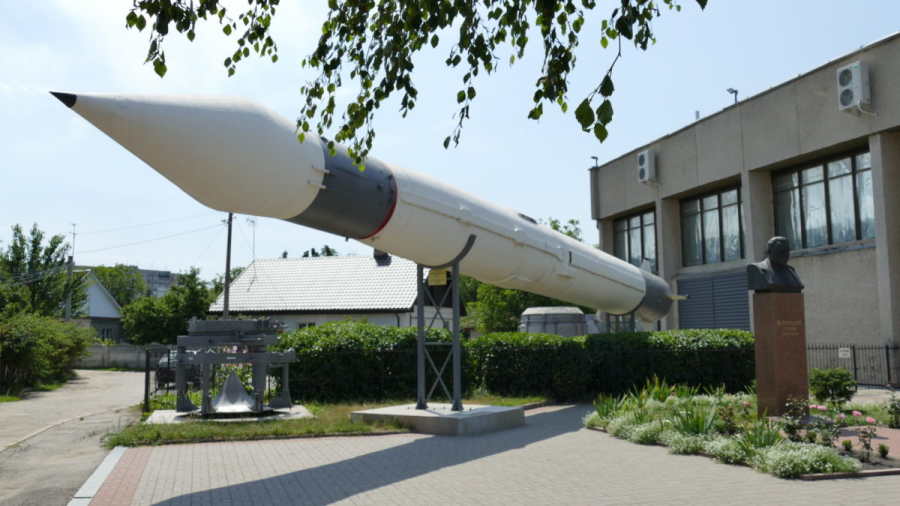
The Korolev Museum is divided into two main exhibitions. The first, called “Cosmos,” tries to create an atmosphere of being in space. Here, visitors can view an exact replica of the “Soyuz” spacecraft that is completely identical to the actual one. Designed under the direct supervision of Korolev, the first “Soyuz” flight actually took place after the death of its designer in 1967. However, in a testament to Korolev’s peerless skills as an engineer, Soyuz spacecraft continue to fly missions to space to this day, delivering fresh crews to the International Space Station and bringing returning ones safely home.
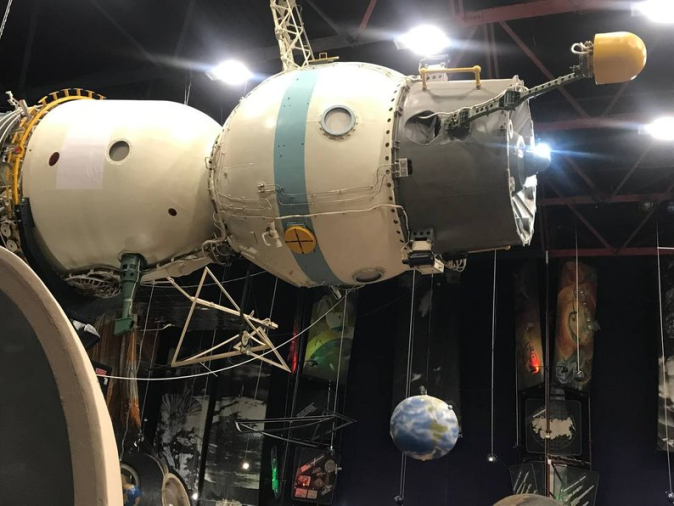
Interestingly, this replica is not the only “Soyuz” in the Korolev Museum: the museum also boasts a launch model of the Soyuz-27 spacecraft that actually journeyed into space! This landing module was in orbit in 1978 during a mission to deliver two cosmonauts, Volodymyr Dzhanibekov and Oleg Makarov, to the MIR orbital station.
Today, the Soyuz-27 capsule serves as a unique repository containing the signatures of famous cosmonauts who have visited the Korolev Museum, including those of Volodymyr Dzhanibekov and Georgy Grechko, which were inscribed on the module’s heat shield.
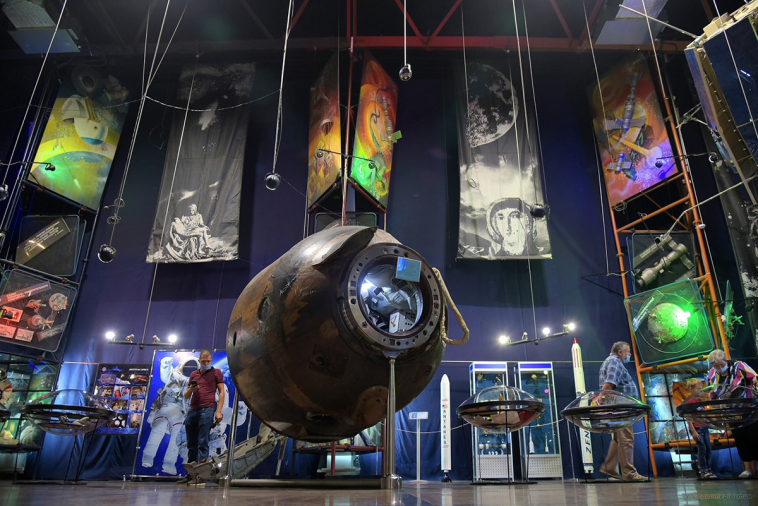
Apart from the Soyuz-27 landing module, visitors can also see a model of a Vostok spacecraft landing capsule, which was made famous by the world’s first cosmonaut, Yuri Gagarin. There are also scale models of various Soviet launch vehicles, the Luna-9 automatic lunar station, and even a full-scale replica of the Soviet Lunokhod-2 lunar rover, which was sent to the moon in 1973.
It is not always recognized that Ukrainian scientists were key to the development and success of this lunar rover: for example, the Frantsevich Institute of Materials Science in Kyiv developed a unique material based on glass and metal that ensured that the that the rover’s wheels could travel reliably on the lunar surface.
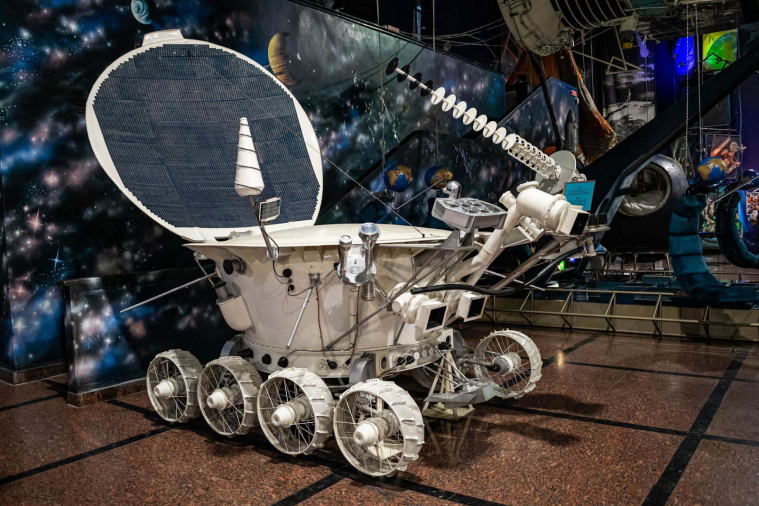
As an added attraction, the public can also visit the Korolev Museum House, which is located directly opposite the Cosmonautics Museum at 5 Dmitrivska Street. It was in this one-story building that Serhii Korolev himself was born on January 12, 1907. Here, visitors will not find exhibits of space equipment and spacesuits: instead, the Museum House is imbued with the spirit of the early 20th century and contains an interesting archive of family photos, Korolev’s work notes, and a fascinating assortment of household items.
The S.P. Korolev Cosmonautics Museum was granted national status in 2020. Currently, its working hours are Tuesday through Sunday from 10:00 a.m. to 5:15 p.m. Don’t delay your visit to this pearl of Ukraine’s space heritage!
Pereyaslav Museum of Peaceful Space Exploration
One important part of the Pereyaslav National Historical and Ethnographic Reserve is the Museum of World Knowledge and Peaceful Space Exploration, which, as the name suggests, contains artifacts specifically related to peaceful space activities. The museum, which opened its doors to visitors on March 27, 1979, is located in the St. Paraskeva Church, a national architectural monument constructed in 1891.

This interesting museum was created on the initiative of the prominent Ukrainian historian and researcher, Mykhailo Sikorskyi. The museum’s collection, meanwhile, was assembled under the supervision of Academician Oleksandr Ishlinskyi and Doctor of Technical Sciences, Serhiy Malashenko.
Upon opening its doors, the museum quickly garnered a good reputation among both scientists and cosmonauts who were directly connected with the Soviet space program. As a result, various personal items and equipment belonging to the Ukrainian cosmonauts Leonid Kadenyuk and Heorhiy Beregovoi were added to the museum’s collection. The museum is also home to a parachute and a personal spacesuit belonging to the world’s first cosmonaut, Yuri Gagarin.
In total, the museum includes 450 exhibits, which are located in five halls dedicated to exploring the different aspects of the development of space science. Despite the fact that its collection is rather small compared to some other museums in Ukraine, the Pereyaslav museum is diverse and unique: visitors can see not only everyday objects belonging to cosmonauts, but also equipment used to conduct scientific experiments, radio exchanges, space flight support, and so on.
The collection of spacesuits on exhibit in the Pereyaslav museum is particularly fascinating. The public can see, for example, the liquid-cooled spacesuit worn by Ukrainian cosmonaut Pavlo Popovych during the 1974 Soyuz-14 mission, the SK-11 emergency spacesuit used by Vyacheslav Zudov during the Soyuz-23 mission in 1976, as well as a spacesuit that was used by cosmonauts during spacewalks.
The museum also features an interesting collection of models, which includes a full-size replica of an RD-219 two-chamber liquid engine, a mock-up of the Venus-7 launch module, the Yantar-1 orbital automated laboratory, a replica of the Lunokhod-1 lunar rover, and an orbital compartment of the Soyuz spacecraft, in which cosmonauts could rest, play sports, or conduct scientific research.
Finally, the first Foucault’s pendulum in Ukraine can be found occupying the central place in the museum exposition, suspended from the church dome. The museum exposition is also complemented by various artworks and photography related to space.
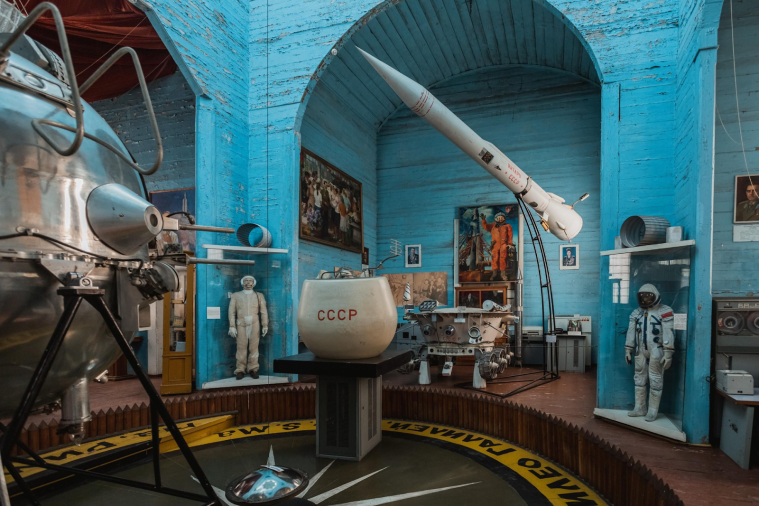
The amazing and unexpected juxtaposition of the old church atmosphere with exhibits on astronomy and space technology inspires visitors to look at Ukraine’s space history in a new way: as a continuity from the past to present, and into the future.
As always, keep an eye out for updates! We have a lot more in store for you about other amazing aerospace museums in Ukraine!

